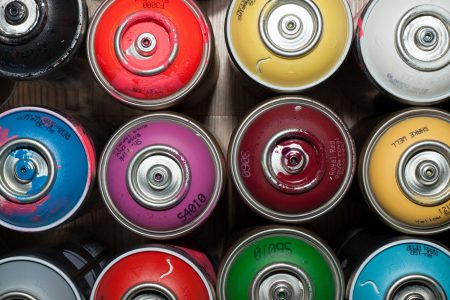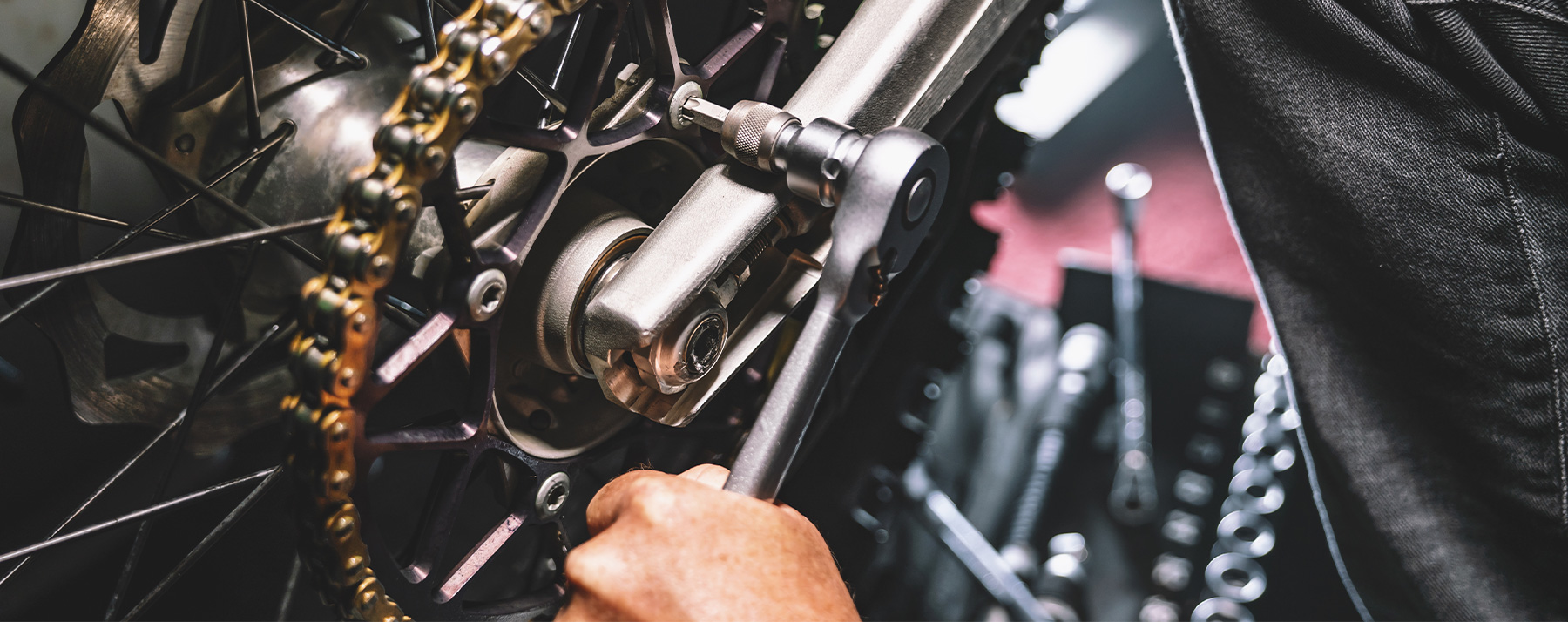 You can get incredible results from spray paint! Most professionals painters spray their paint onto cars, motorcycles, industrial equipment, and houses! Yes they may have some fancy equipment, but that doesn’t mean you can’t use many of the same techniques they use to achieve awesome results in your garage.
You can get incredible results from spray paint! Most professionals painters spray their paint onto cars, motorcycles, industrial equipment, and houses! Yes they may have some fancy equipment, but that doesn’t mean you can’t use many of the same techniques they use to achieve awesome results in your garage.
Tips to a Professional Looking Job with Spray Paint:
- Properly prep the surface
- Have a clean area
- Know your paint
- Use the right paint
Prep
Any painter will tell you, the key to a great paint job is the preparation. Removing any loose metal, old paint or rust should be obvious but it’s also important to remove any oils on the surface. This includes motor oil but also oils from your skin so wear gloves and use PJ1 Super Cleaner. If the surface is painted or polished, rough up the surface using a scuffing pad or 600 grit sandpaper. If the surface is bare metal or plastic you should use a primer as a rust preventative and adhesion promotor. Also, remember to completely tape off any areas you don’t want to be painted using masking tape.
Clean
The biggest enemy to any finish coat of paint is debris trapped in the paint. There is more dust in the air then you probably realize, especially if you’re painting outside or in your garage. We never recommend painting outside and even inside we recommend having at least a small fan to draw excess paint mist away from what you’re working on. Place the fan near your work but blowing away from the piece. Sweep and then wet the floor around the area to reduce dust and help your final coat to be flawless.
Know your Paint
Professional painters mix their paint based on the temperature and humidity they will be spraying at because that will affect how the paint will stick and dry. The second biggest enemy to any finish coat is paint clumping or sagging. Knowing how heavy to spray the paint will help to get good coverage with the perfect sheen without the paint sagging. We recommend practicing spraying the paint on a vertical surface and spraying and watching how the paint builds then starts to sag. The goal is to pray the paint until it looks wet and glossy but before it sags. Remember the temperature and humidity will affect this so be sure to practice in the same environment you will paint in.
The Right Paint
The right paint includes both a quality product, the right color, the right finish and the right base compound. Lacquers vs epoxy vs enamel all play into how the paint will look and how it will last on your motorcycle. Lastly, you need to make sure the paint can withstand the temperatures of the piece it will be applied to. PJ1 has a full line of spray paints including engine and case paints, high-temperature paints, primer, and high gloss clear. This is the right paint that will get your project looking great following these 4 easy tips!
Photo by Ehimetalor Akhere Unuabona on Unsplash




